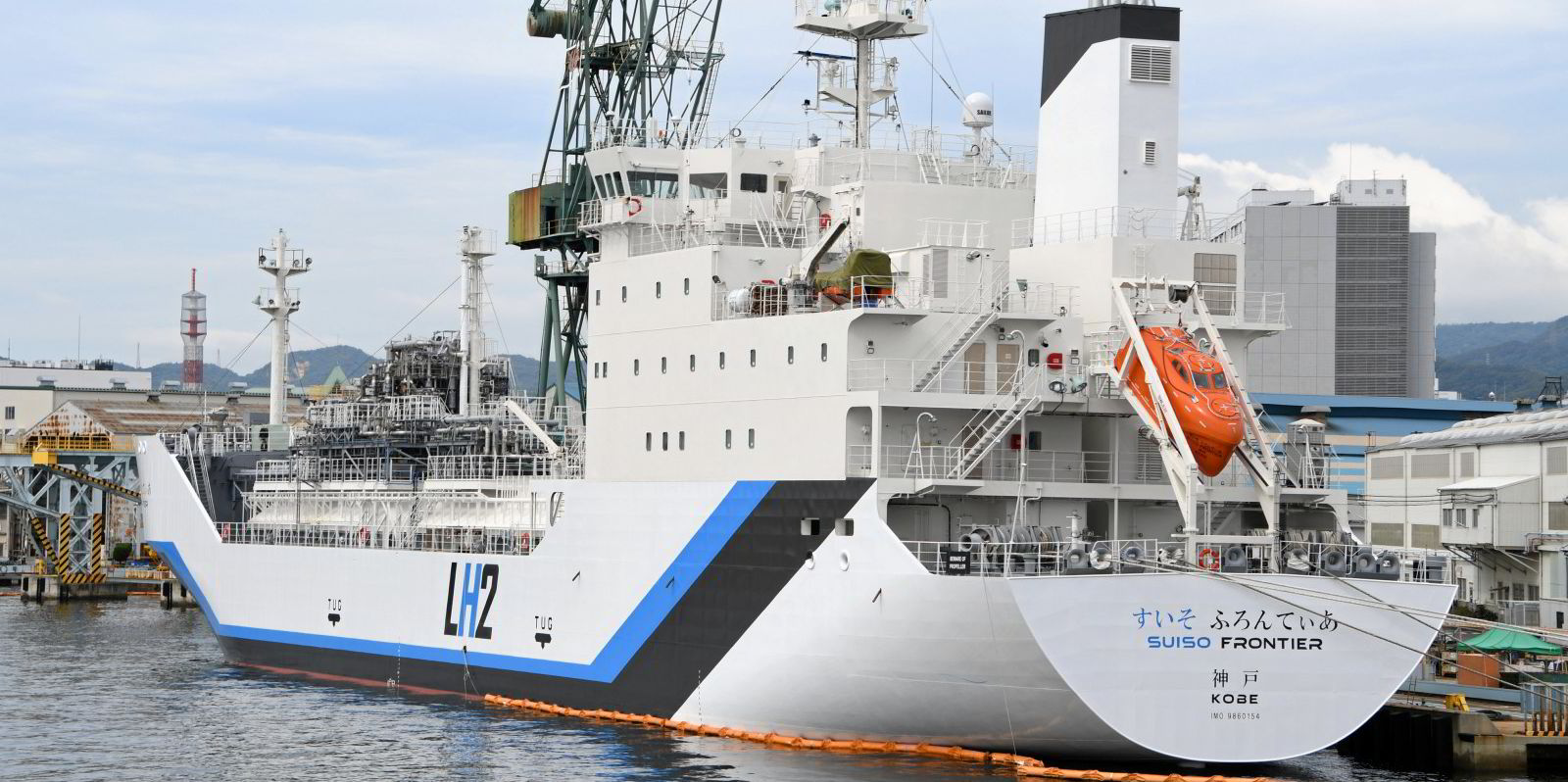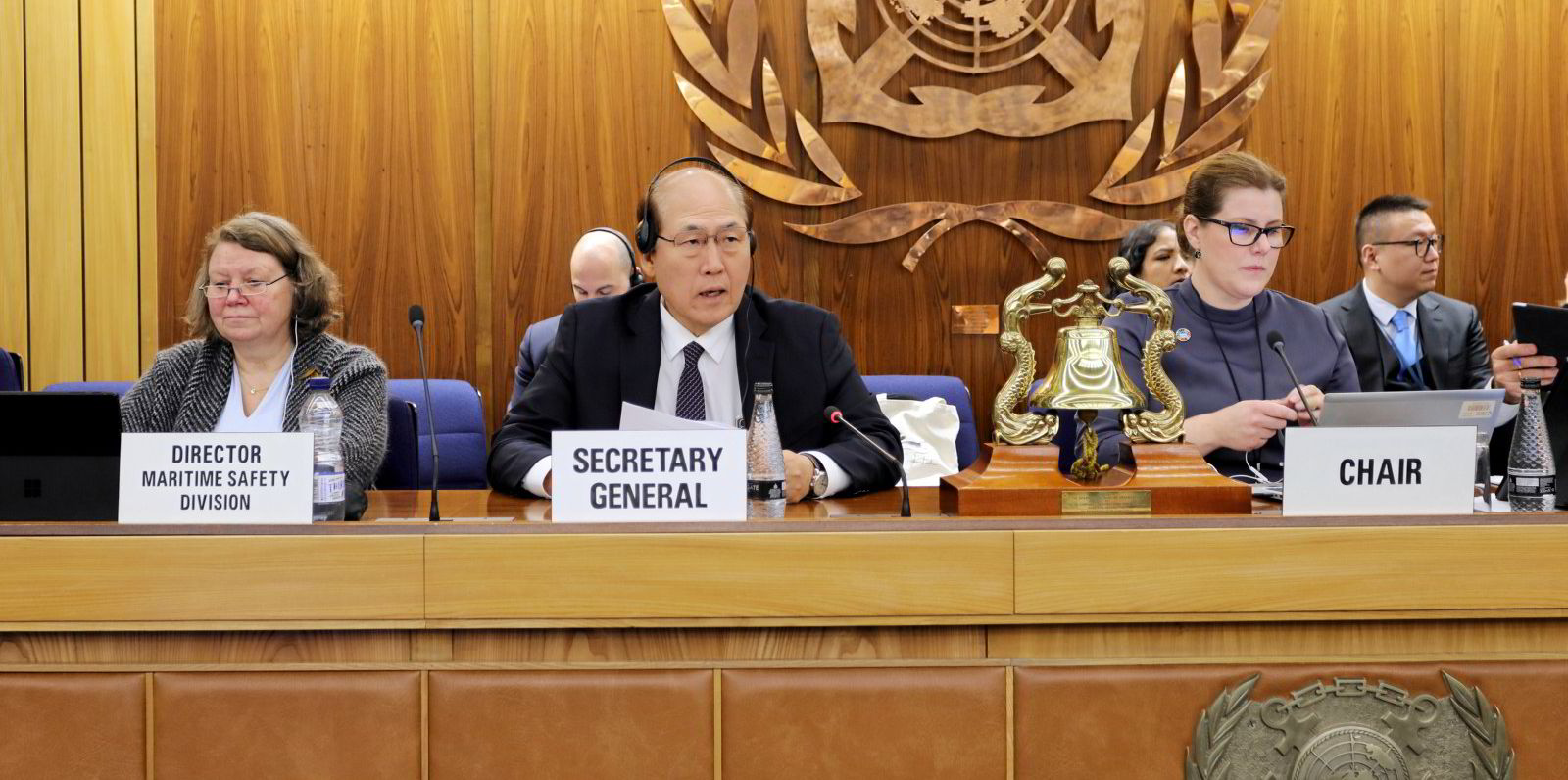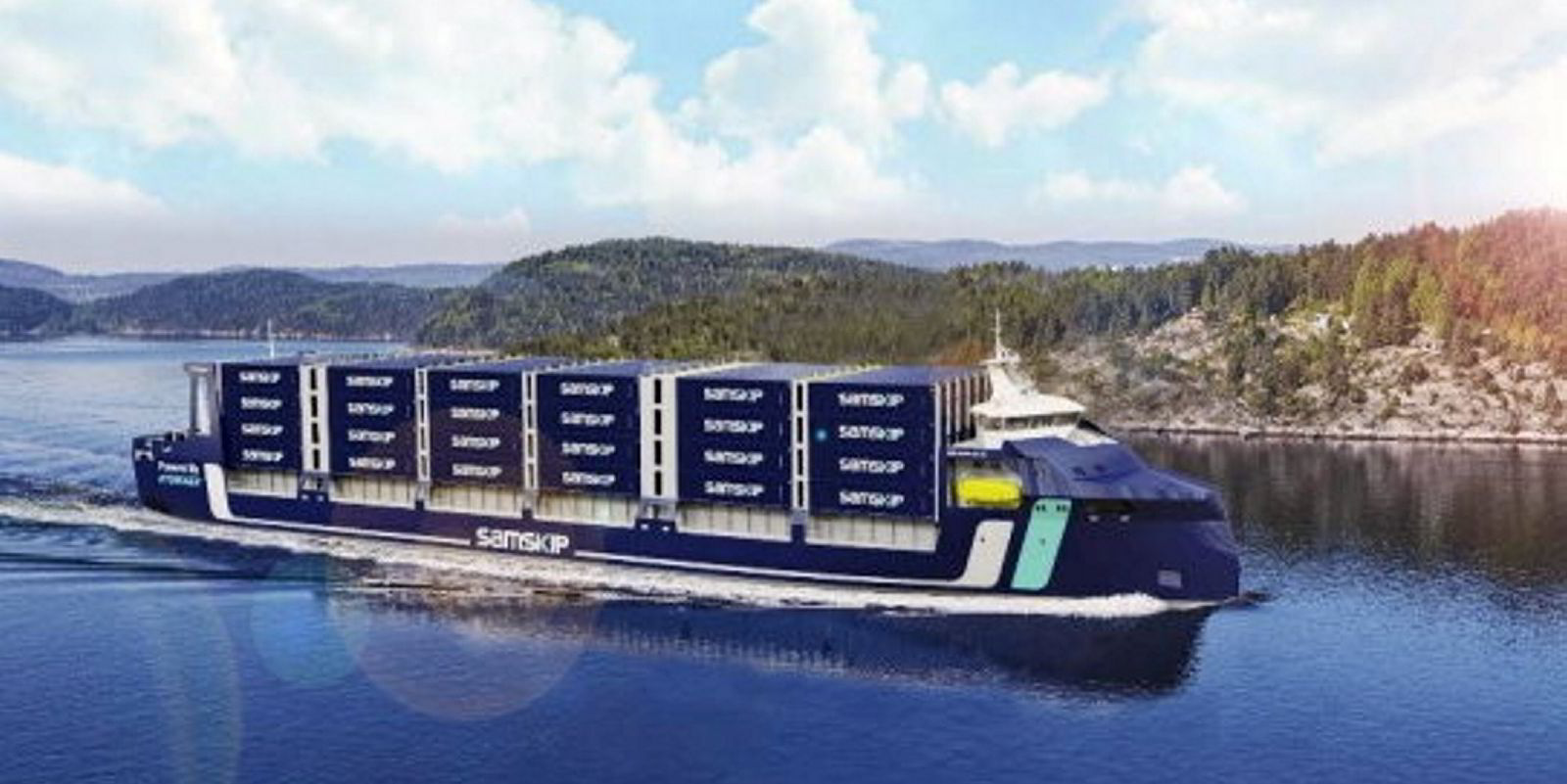Some 10,000 hydrogen carriers would need to be in service by 2040 for the world to meet the climate goal of achieving a global temperature rise of less than 1.5°C outlined in the Paris Agreement, under a new energy scenario decision-making aid rolled out by Shell.
In its just published Energy Security Scenarios, the energy major explores two possible energy and climate outcomes that could result from a world that has security as its dominant concern.
The first scenario — Archipelagos — essentially looks forward at how today’s pressures could play out to the end of the century.
Under this “exploratory scenario”, national interest remains key and renewables are mainly seen as a way to improve energy security.
“By 2100, net zero emissions is within sight, but the world has failed to meet the goal of the Paris Agreement,” Shell said.
In Archipelagos, aviation, shipping and road freight are still decarbonising late in the century, Shell said, but emissions in all three are falling.
The second scenario — Sky 2050 — traces the goal of the Paris Agreement back to the realities of 2022 to show how fast the world must move to meet this target.
Under this, Shell sees global climate security as becoming the primary concern promoting a race to switch to cleaner energy and a competitive landscape emerges for technology, minerals and manufacturing capacity.
“Competition drives rapid change and the world reaches net zero emissions in 2050. This scenario is ’normative’ and extremely challenging,” Shell said.
In Sky 2050, the 2030s see the arrival of container ships fuelled by hydrogen or hydrogen-based ammonia, but the emergence of this technology is a decade later in Archipelagos, Shell said.
By 2040, under Sky 2050 Shell details a 10% biofuels use and 10,000 hydrogen ships in service.
Shell is at pains to stress that its scenarios are “not predictions or expectations of what will happen, or what will probably happen or expressions of its strategy or business plan, but are one of the inputs used to stretch thinking whilst making decisions”.
The energy giant’s document talks through different areas of interest for industry and how these might play out.
For carbon capture and storage (CCS), for example, it says while there are 45m tonnes of CCS in industrial use today, under Archipelagos this would rise to 300m tonnes and 3,300m tonnes in Sky 2050. By 2040, the world needs 2,000 to 3,000 CCS facilities to achieve a global temperature rise of less than 1.5°C, Shell details.
- Fossil fuels lose market share as the energy system is decarbonised.
- The average temperature rise is highly likely to breach 1.5°C.
- The future of energy is electricity, although hydrogen and bioenergy have significant roles to play.
- Bringing the temperature rise back down below 1.5°C will require large-scale carbon removal and storage.





